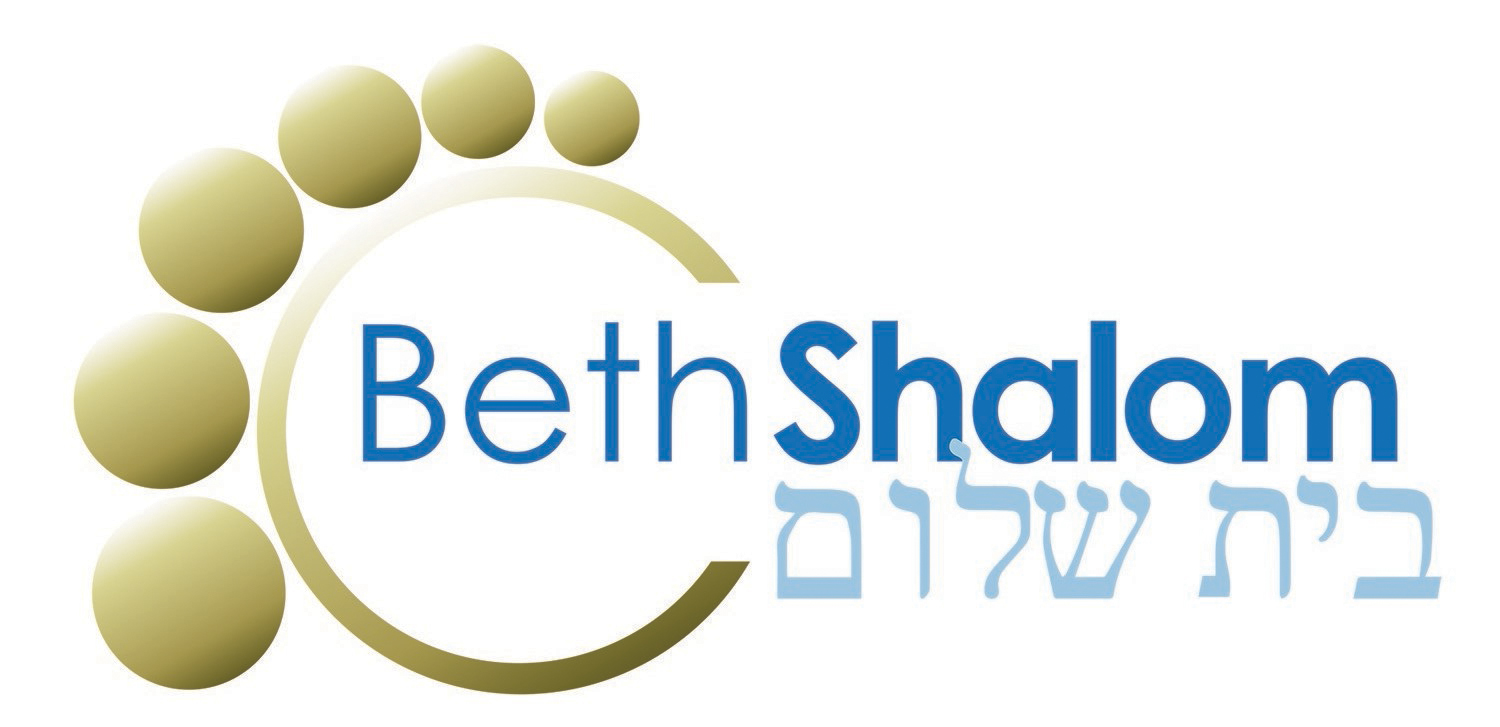What Are All These Dots, Then? Part 2. Originally Published February 14-15, 2020.
Last week we discussed the dagesh kal. To review a bit, a dot in the middle of a Hebrew letter (and we are talking for the most part Biblical Hebrew for the moment) is called a dagesh (דָּגֵשׁ). In fact, the dot inside the “ד” is one. “Dagesh” means “piercing.”
There is another sort of dagesh, a dagesh forte, or dagesh hazak, a “strong” dagesh. This dagesh has the effect of strengthening the sound of the letter, as if it were doubled. (We see this in Italian, for instance, in the word “spaghetti,” in which the “tt” sound both ends the syllable before and begins the syllable after. Linguists call this “gemination.”)
When the dagesh hazak is found inside one of the letters which may take a dagesh kal, the sound which is doubled of course is the harder sound - as in “כִּפֵּר” which is “kipper” rather than “kiffer.” (Please note that it is not “kipper” as in “kippered herring,” but has an accented second syllable, sounding like “be FAIR!” )
When a י or ו appears as a consonant, it may contain a dagesh, as in צִיּוֹן. Guttural letters, however, cannot be doubled, and thus nearly never take a dagesh hazak: א ה ח ע ר.
Dagesh hazak is commonly a mark of certain grammatical forms, for instance where it is used in the intensive form of a verb. Occasionally a dagesh is inserted in a consonant to give greater strength to the preceding vowel, as in לָמָּה, and sometimes to ensure the audibility of a vocal schwa, as in עִקְּבוֹת. This latter usage is called a dagesh forte dirimens or a dagesh forte disjunctive.
And then, as if all this were not enough, there is another dot which pierces the bosom of a letter in Hebrew; it looks like a dagesh, but it is a mappik. Literally meaning “causing to go out,” a mappik usually appears in a
Your correspondent’s Hebrew name, חַנָּה, has a dagesh hazak in the nun, written in English Hannah, with two “n”s.
- Categories
- Uncategorized

